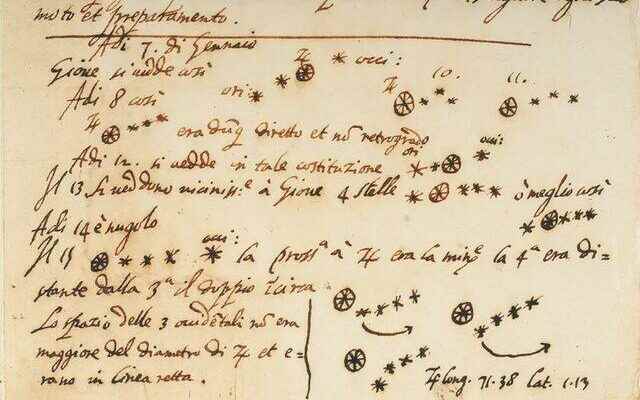The University of Michigan in the United States highly valued a handwritten letter thought to have been written by the famous astronomer, physicist, engineer, philosopher, and mathematician Galileo Galilei. Even the university considered the letter in question a jewel. However, the letter in the collection of the University of Michigan Library was found to be completely fake.
FAKE FROM BEHIND THE HISTORIC LETTER!
After investigating the findings of Nick Wilding, a professor of history at Georgia State University, the library concluded that the letter was actually a 20th-century forgery behind it.
When Nick Wilding saw an image of the letter, he suspected something was wrong, Science Alert reports. Wilding told The New York Times that the ink, handwriting and some choice of words looked odd for a 17th-century document.
In May 2022, Wilding emailed Pablo Alvarez, curator of the University of Michigan Library, regarding his concerns, and the University of Michigan, which received this email, started an investigation into the matter.
Three months later, the university announced that Wilding was right. The document was not written by Galileo, but most likely by Tobia Nicotra, who became famous for fraud in the 1920s and 1930s. What cemented this finding was the watermark on the letter.
THE OLDEST PAPERS OF THIS STYLE DATE TO 1770
The watermark in the letter written by Galileo Galilei includes “AS”, the initials of the paper manufacturer, and “BMO”, the abbreviation of the Italian city of Bergamo. The earliest known papers with the BMO monogram date back to 1770. So the document couldn’t be older than that. Galileo Galilei was born on February 15, 1564 and died on January 8, 1642.
Moreover, the university found no evidence that the letter existed before the 1930s.
It is noted that Tobia Nicotra discovered a similar Galilean fraud (in a letter from 1607) in the collections of Wilding’s Morgan Library in New York City.
